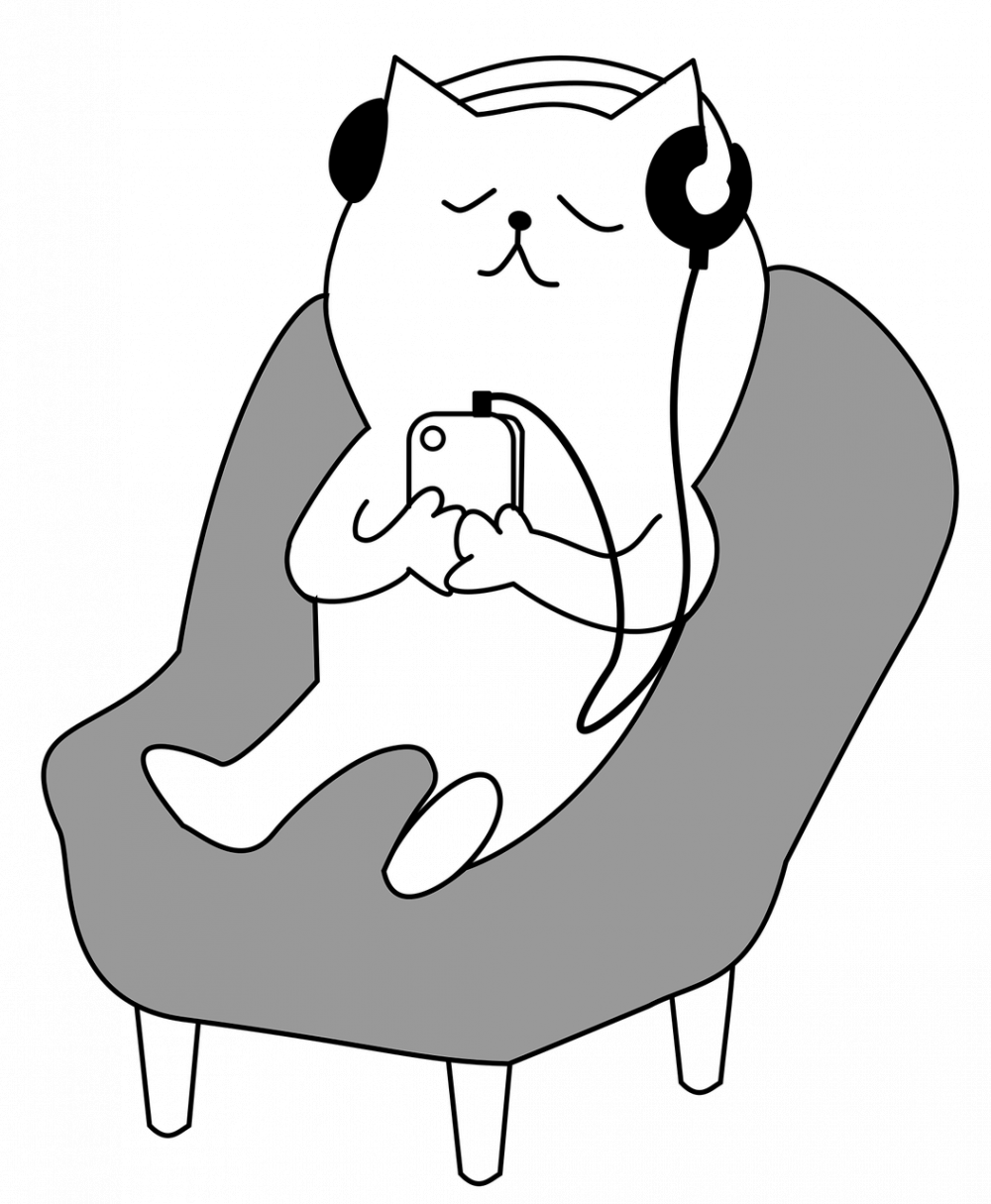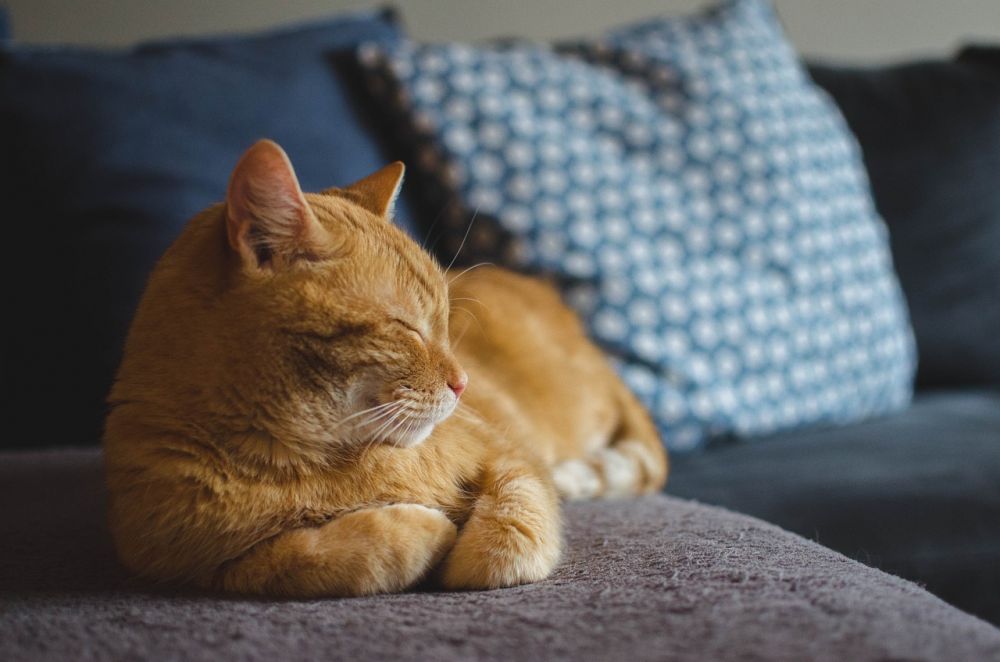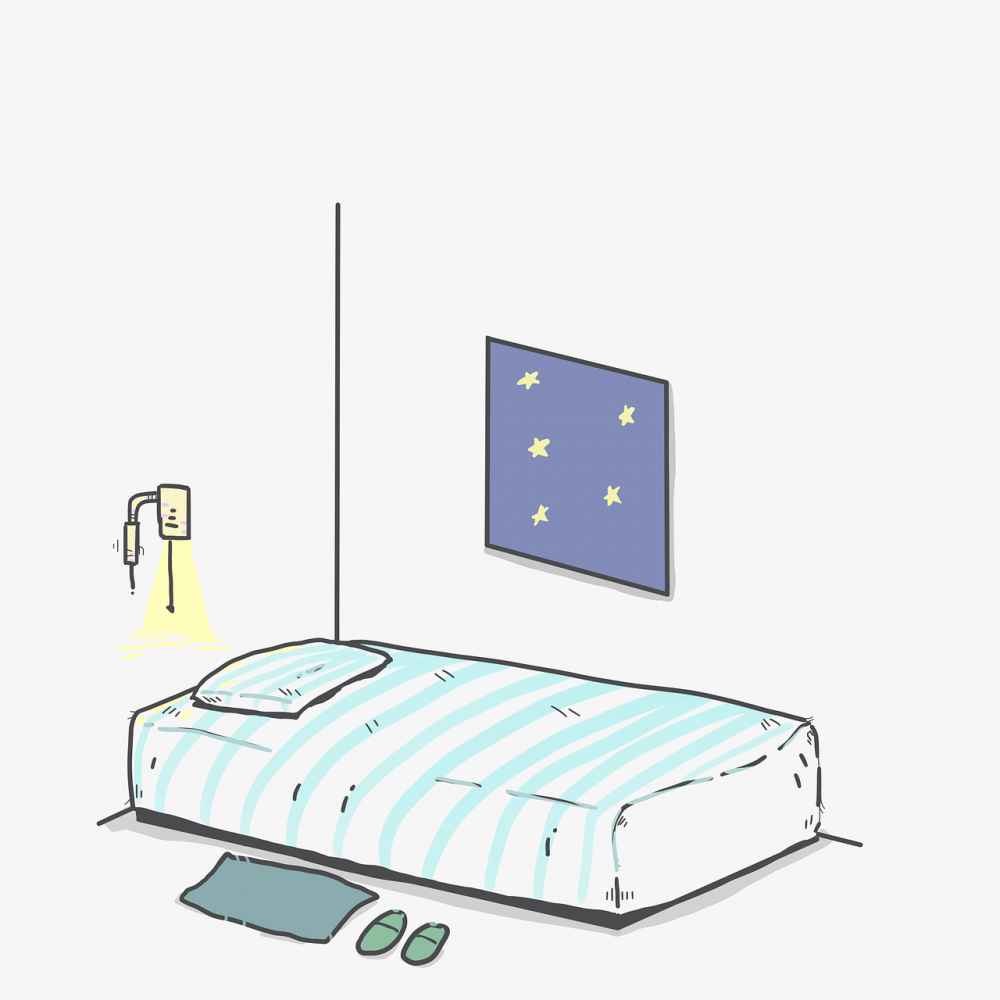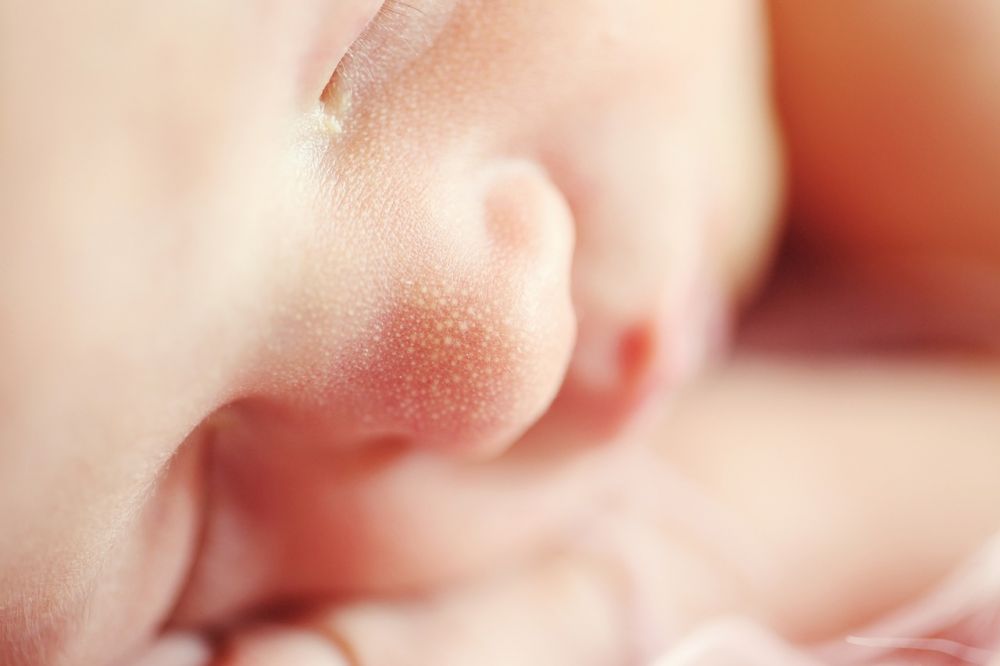Sleep Now - A Comprehensive Guide to Getting a Good Nights Sleep

Introduction:
Getting a good night’s sleep is essential for overall health and well-being. In today’s fast-paced world, many individuals struggle with sleep-related issues. In this article, we will provide a thorough overview of «Sleep Now,» exploring its various types, popularity, and quantitative measurements. We will also delve into the differences between different types of Sleep Now and provide a historical overview of their advantages and disadvantages.
I. Overview of Sleep Now:

Sleep Now is a term used to describe a wide range of products and techniques designed to promote better sleep. From mattresses and pillows to sleep aids and relaxation techniques, Sleep Now encompasses anything that aids in achieving a restful night’s sleep. With the increasing prevalence of sleep disorders, Sleep Now has gained significant attention and popularity among individuals seeking to improve their sleep quality.
II. Types of Sleep Now:
1. Sleep Aids:
Sleep aids include over-the-counter or prescription medications that help induce sleep. These can range from antihistamines and melatonin supplements to prescription tranquilizers. The popularity of sleep aids varies depending on the individual’s sleep troubles and preferences.
2. Sleep Devices:
Sleep devices refer to gadgets and technology designed to monitor and regulate sleep. These include wearable devices such as smartwatches and fitness trackers that track sleep patterns and provide data for analysis. Additionally, there are specialized devices like white noise machines, sleep masks, and weighted blankets that enhance the sleep environment.
3. Sleep Hygiene Techniques:
Sleep hygiene encompasses various practices that promote good sleep habits. This includes establishing a regular sleep schedule, creating a comfortable sleep environment, and engaging in relaxation techniques before bed. These techniques may involve meditation, deep breathing exercises, and avoiding excessive electronic device use before sleep.
III. Quantitative Measurements of Sleep Now:
To assess the effectiveness of Sleep Now, several quantitative measurements are used:
1. Sleep Duration:
Sleep duration refers to the amount of time an individual spends asleep. Quality Sleep Now products and techniques aim to increase the total sleep duration, ideally in the recommended range of 7-9 hours for adults.
2. Sleep Efficiency:
Sleep efficiency measures the percentage of time spent asleep compared to the total time spent in bed. Higher sleep efficiency indicates better sleep quality, while lower values may indicate issues such as prolonged awakenings or difficulty falling asleep.
3. Sleep Latency:
Sleep latency measures the time it takes for an individual to fall asleep after getting into bed. Reducing sleep latency is a common goal for Sleep Now products, as it helps individuals fall asleep faster and spend less time lying awake in bed.
IV. Differences between Sleep Now Types:
Sleep aids, sleep devices, and sleep hygiene techniques differ in their approach to improving sleep. Understanding these differences can help individuals choose the most suitable Sleep Now method for their specific needs:
1. Mechanism of Action:
Sleep aids work by altering brain chemistry to promote sleep. They can induce drowsiness, reduce anxiety, or regulate circadian rhythms. Sleep devices primarily monitor and regulate sleep patterns through technology. Sleep hygiene techniques focus on establishing healthy sleep habits and optimizing sleep environment.
2. Potential Side Effects:
Sleep aids may carry the risk of dependency and have potential side effects such as daytime drowsiness and impaired cognitive function. Sleep devices pose minimal risks but may cause discomfort if not properly fitted or calibrated. Sleep hygiene techniques have no inherent side effects, but adherence and consistency may be challenging.
3. Individual Preferences:
The choice of Sleep Now type depends on individual preferences and the severity of sleep issues. Some individuals may prefer a natural, non-medicated approach and opt for sleep hygiene techniques. Others may turn to sleep aids for immediate relief, while some may find comfort in sleep devices that provide data-driven insights.
V. Historical Overview of Sleep Now:
Sleep Now techniques and products have evolved over time, shaped by advancements in medical knowledge and consumer preferences. Historically, sleep aids have undergone significant transformations, with newer medications being more targeted and less prone to side effects. Sleep devices have become more sophisticated and accessible, aided by technological advancements. Sleep hygiene techniques have gained recognition as a natural and holistic approach to sleep improvement.
Conclusion:
«Sleep Now» encompasses various types of products and techniques aimed at improving sleep quality. Understanding the differences between sleep aids, sleep devices, and sleep hygiene techniques can help individuals make informed decisions about which Sleep Now method suits their needs. With the ongoing advancements in sleep science and technology, Sleep Now continues to evolve, offering new and innovative solutions for a good night’s sleep.
(Note: The word count may vary depending on the formatting and inclusion of a video in the article.)





